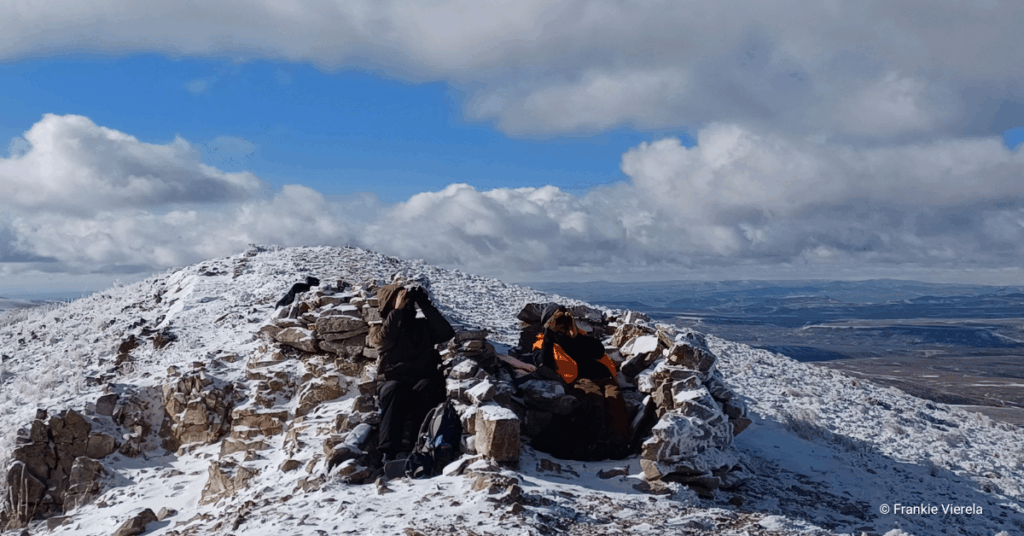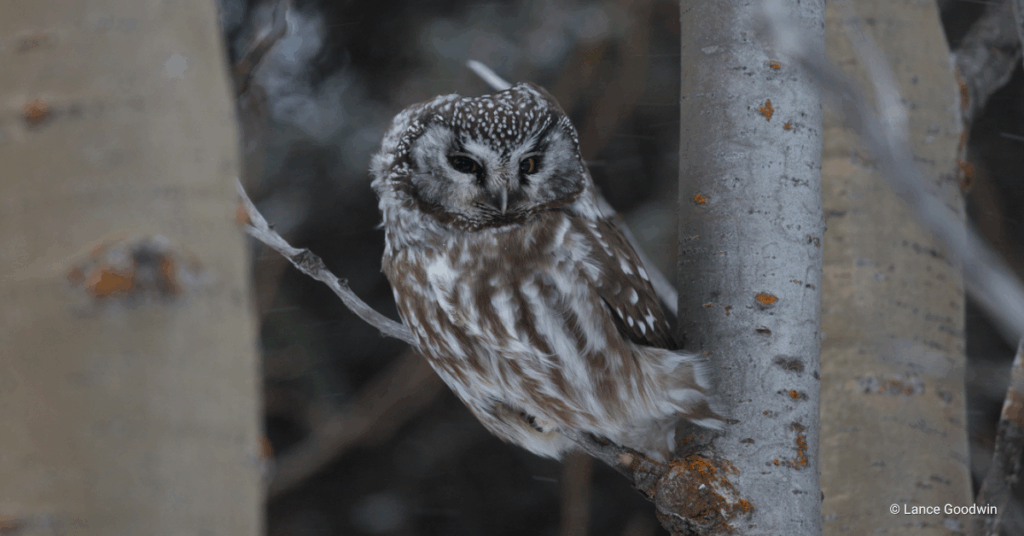We’ve reached the midway point of the spring count! Lucky for us Matt and Arthur have sent over this update letting you know how this season has gone and what is still yet to come.
Gunsight HawkWatch specializes in species that are scarcely seen elsewhere in North America in such numbers, including Golden Eagles, the “Harlan’s” subspecies of Red-tailed Hawk, and Rough-legged Hawks. Given that, the count could be almost neatly divided into two periods: the migration window for Golden Eagles (March through early April), and the migration windows for the buteos and other species (early/mid-April into May). So as we step into this second period of the spring 2022 count season at Gunsight, how are we doing? So far 1647 migrating Golden Eagles have been observed (as of this 04/19/22). This is the second-highest count for the species at the site to date, closing in fast on the site record set in spring 2021 (1707). Interestingly, this season has followed last year’s trend of seeing eagles continue rather strongly into April even as other species ramp up.
And ramp up, they have! 557 Harlan’s Red-tailed Hawk and 243 Rough-legged Hawk have already been seen, even as we expect the largest pushes of both species over the next few days. Perhaps owing to the unusual amount of snowpack still extant on the landscape, our first Northern Harrier, Merlin, and even an American Kestrel arrived fashionably late. Over the past few days, we are starting to see the first migrating swan, as well as a number of gulls moving inland from coastal areas. We’ve also observed two different adult Golden Eagles with GPS backpacks (but no wing tags). The first was seen April 8th ~1405 AKDT, and the second was seen April 9th ~1356 AKDT. We hope to determine the owner(s) of these tags at some point, and perhaps learn of the journey both of these birds undertook before finding their way to Gunsight Mountain.
The weather at Gunsight has proven interesting this year. This inland site is still prominently affected by coastal maritime weather from over the Gulf of Alaska and even the Aleutians, which often collides with the genuinely polar air masses arriving from even further north. Counting at Gunsight, especially in March, may not be for the faint of heart or those averse to raw, wet cold. The count this year was preceded by waves of snowstorms that put down more snow than the locals remember seeing in a long time, and as of this writing, much of the landscape is still locked in snow, forcing many birds to improvise some of their flight lines with the absence of better quality soaring conditions. This weather even seemed to affect the timing of Golden Eagle migration—which appeared to be set back by almost a week—making for some uncharacteristically slow days early in the season.
Most folk—averse to the rawer conditions of March—make a point to visit the count site during the (somewhat) balmier days of mid/late April while the buteos are in full swing. When flight conditions are just right, there’s a strong chance of seeing many of these birds close by, some even streaming directly overhead. Already this year we’ve had almost 150 people come by to ask about the migration. Early in the season, most of our visitors are snowmobilers and people en route to or from Anchorage who (unsurprisingly) haven’t a clue what we are even doing! But some stalwarts even stay to witness it for themselves. One young lad who visited us last year has braved several long days with us this season and has proven an able assistant to the count as well as pleasant company. We suspect this lad will go on to greater things, likely becoming an exceptionally capable biologist in his own right.
We would like to say we are “roughing it” here in the far north, but the reality is a bit different when we are not counting. The Gunsight team stays in cabins located ~25 minutes drive from the count site. The owner of these cabins and his wife are warm and hospitable and have a gentle dog, Bigley, who visits us almost every day after the count for head pats and scratches. Conditions are what we’d bill as Luxuriously Rustic, complete with outdoor stoves and grills to prepare meals while still dressed in our Carhartts. Often “unwinding” after the count involves debriefing about the day’s count (or birds generally) with a drink in hand, enjoying a backdrop of mountains and forest that would be the envy of most.
So what will this second period of migration at Gunsight bring? Apart from the expected peak of Harlan’s Hawk and Rough-legged Hawk, we’ve still some species which have yet to arrive, including Osprey, Peregrine Falcon, and (if we’re lucky) Swainson’s Hawk, to say nothing of the many songbirds and waterfowl still to come. But with the weather starting to grow consistently warmer and as we finally start shedding that abundance of snowpack on the landscape, we will be sure to enjoy the migration spectacle here to its fullest. Spring in Alaska is gorgeous, and we’re pleased to be here to contribute meaningfully to the ornithological record of this area on behalf of HawkWatch International and the count’s generous sponsors and supporters. Thank you for reading!
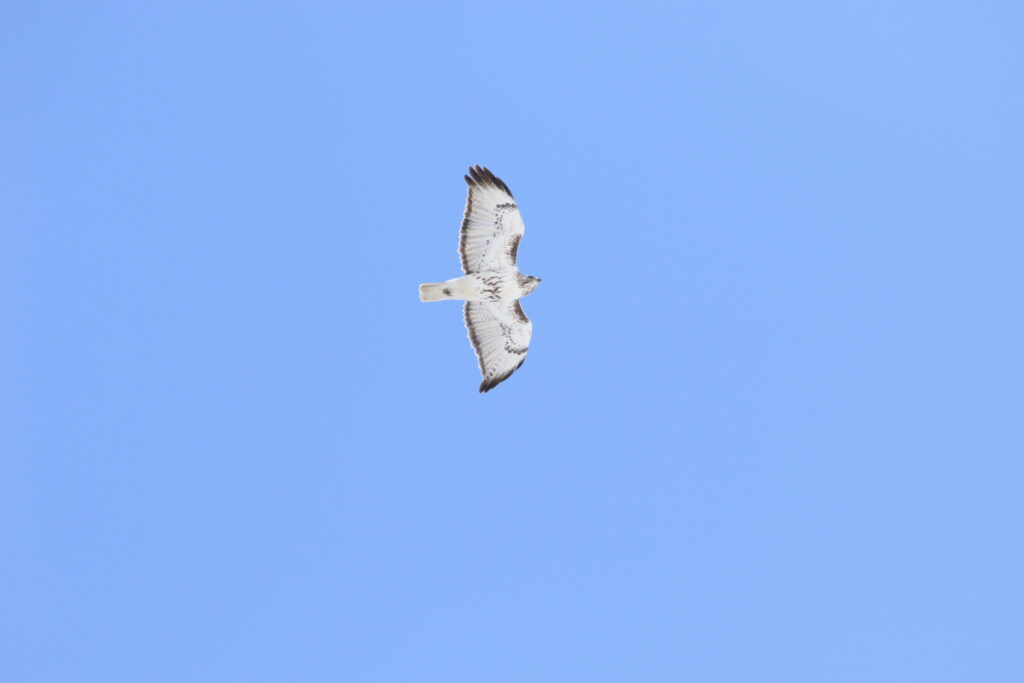
Photo by Matt Dickey
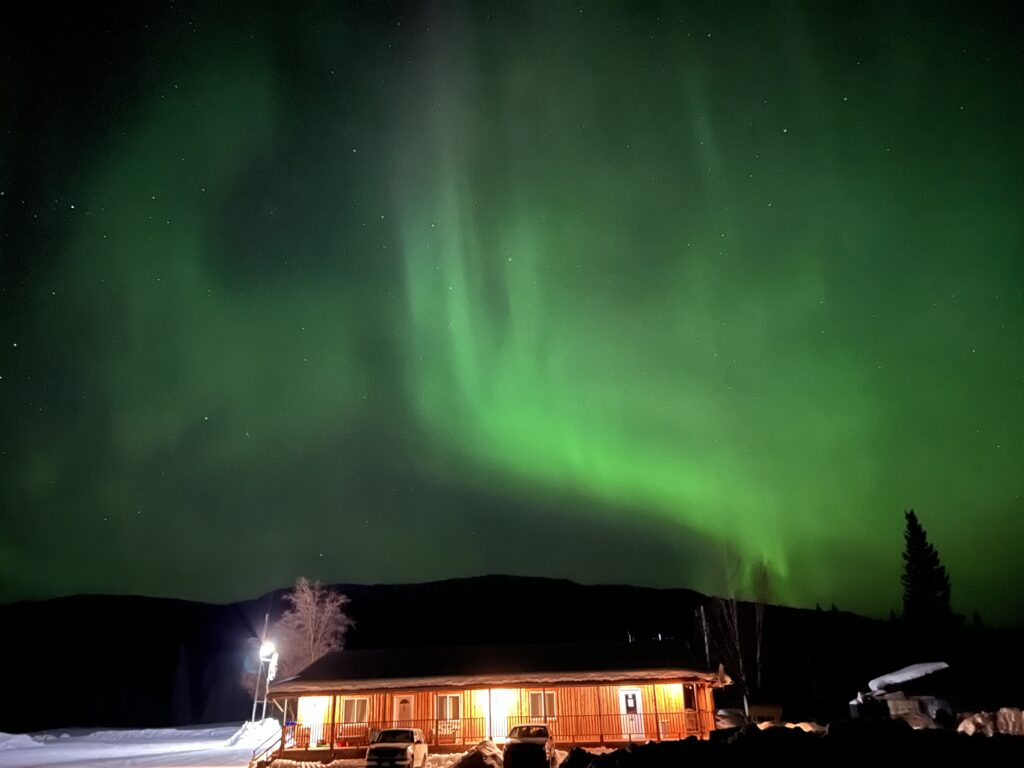
Photo by Matt Dickey
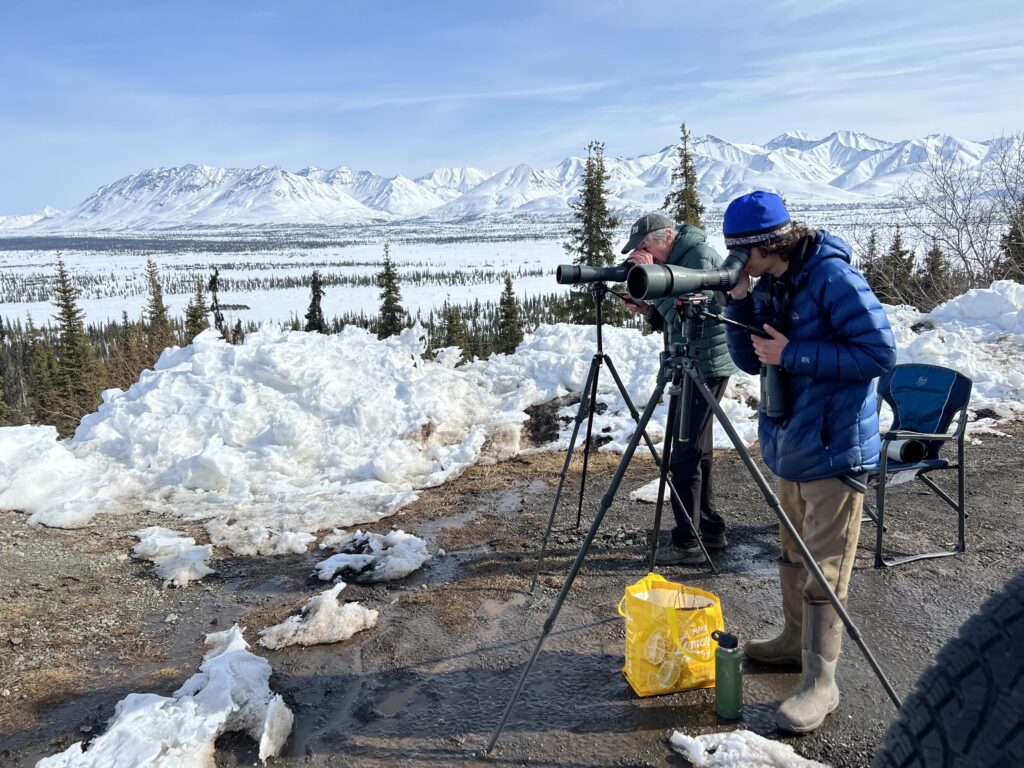
Photo by Matt Dickey
This blog was written by 2022 migration crew members Arthur Green and Matt Dickey.


